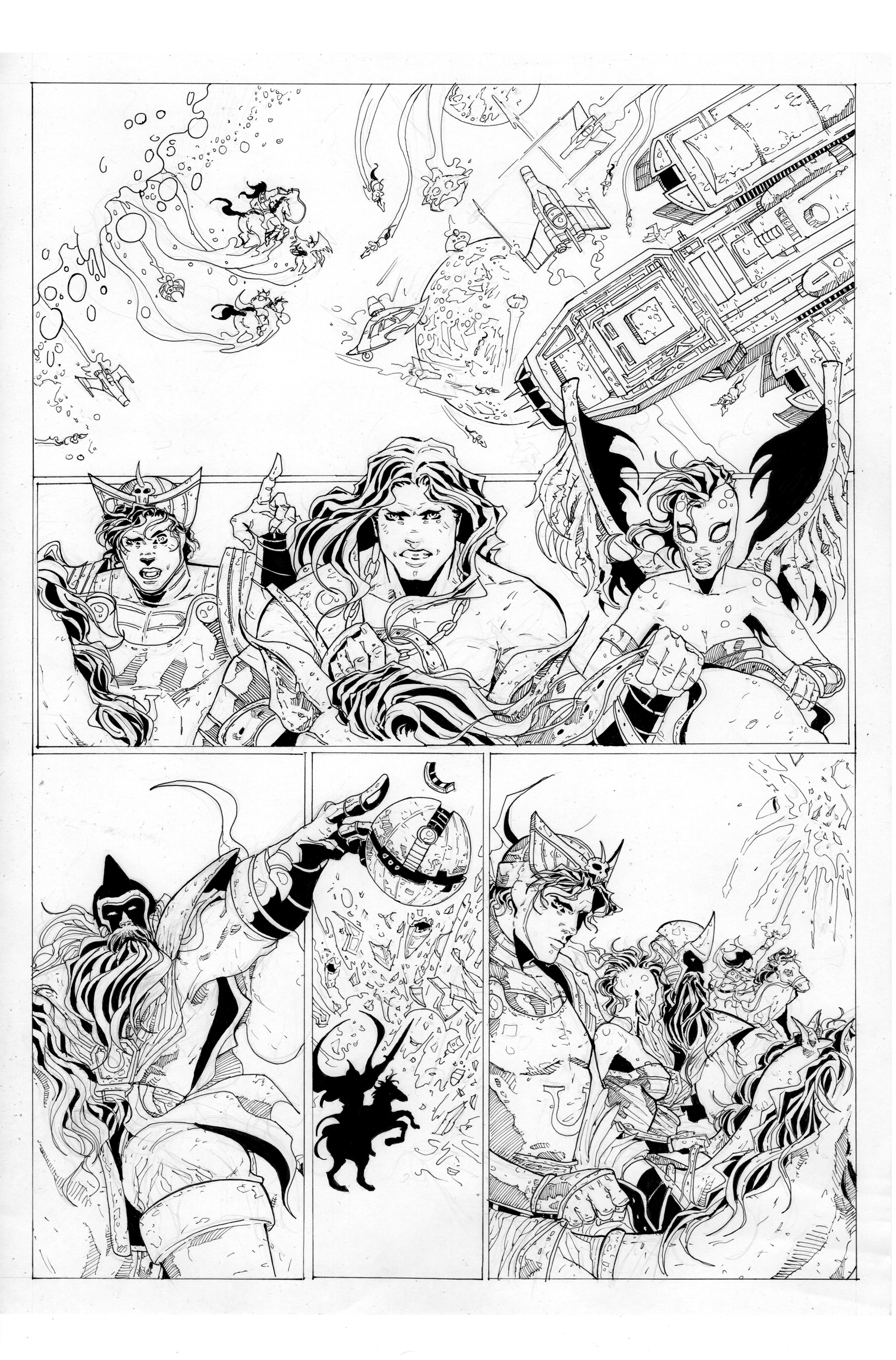
From The Roost: Red Dog from 451 and Craft Beer in Austin TX
From The Roost brings new recommendations on indy comic books and craft beer this week. First up, the comic book Red Dog by 451 Comics, a Michael Bay company.

For the birds: Shining the light on artist hiring: advice.

The end times are near and the Horsemen ride. Comic book sneak peek.
The end times near and the Horsemen ride again. The third issue in this comic books series will be released on comiXology on February 15th. Discover who the true enemy is in this axial event.

Why are independent comics (aka indie comics) important?
Why are independent comic books important? More reasons than you might think, but it is where the new meets the future. The image is from the upcoming Horsemen #3.

Writing advice: dialogue. For the birds.
Writing dialogue can seem like a hard climb but there are simple ways to refine your technique. By no means is this an exhaustive piece. These are observations that have served us in the past and hope they can help you too. Yes, that photo of a puppy is there to grab your attention. Now on to serious matter.
